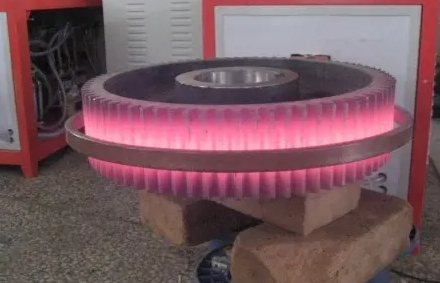- 05
- Dec
High frequency quenching machine requirements for hardness
Yüksek frekanslı su verme makinesi requirements for hardness
The main factors of the hardness of the high-frequency quenching machine: the martensite content and carbon content in the structure. The reason for the high quenching hardness may be that quenching at a higher temperature forms a coarse martensite structure. Under normal circumstances, when the hardness of the high-frequency quenching machine is high, reduce the high-frequency quenching temperature, leave it for a period of time before the furnace, and graded quenching is fine. These can change the hardness of the workpiece after quenching according to the quenching temperature. The hardness of steel after quenching is mainly determined by the content of martensite in the steel. The main influence temperature of martensite hardness is the carbon content in the martensite.
If the quenching hardness of the high-frequency quenching machine is high, the hardness can be reduced by increasing the tempering temperature. In fact, for quenched and tempered steel such as 40Cr, the higher the quenching hardness, the higher the mechanical properties after tempering. The high quenching hardness does not need to be reduced by adjusting the quenching process parameters and cooling conditions. After quenching, it can be solved by selecting the appropriate tempering temperature.
The main reason for the high hardness after quenching in the high-frequency quenching machine is that the quenching temperature is high, and the cooling rate is too fast. Only by appropriately reducing the quenching temperature or increasing the quenching cooling medium can be improved. For a mature material, its heat treatment process is A mature and stable process. High-frequency quenching machine quenching temperature, quenching time, tempering temperature, tempering time, quenching method should be a fixed method.

